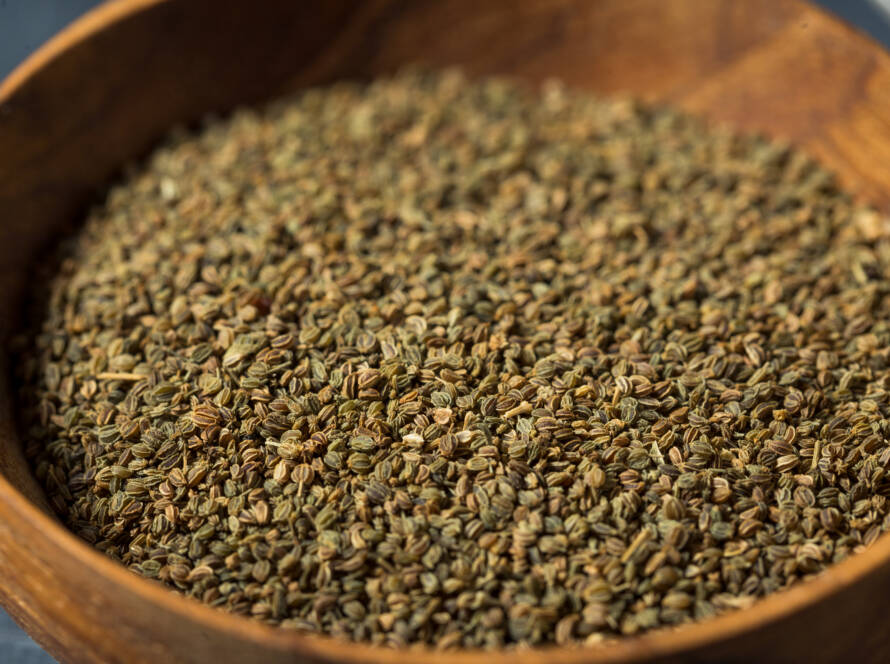Goldenrod
Here’s a detailed overview of goldenrod, including its uses, potential side effects, and scientific insights:
Introduction
Goldenrod, scientifically known as Solidago virgaurea, has a history of use in folk medicine for various conditions, including rheumatism, gout, diabetes, and respiratory issues. However, its effectiveness for these ailments has not been scientifically proven.
Common Names
- Goldenrod
Uses
Goldenrod is traditionally used for several health conditions, including:
- Bladder inflammation
- Arthritis
- Allergies
- Colds and flu
- Kidney stones
- Laryngitis (as a gargle)
- Sore throats (as a gargle)
- Topical applications for injuries and skin conditions like eczema
How It Is Used
While there is no official recommended dosage, typical preparations include:
- Tea: Mix 2-3 teaspoons of dried herb in 1 cup of boiling water, let sit for 10-15 minutes, strain, and drink three times per day.
- Gargle: Use the same tea preparation to gargle thrice daily.
- Liquid Extract: (1:1 in 25% ethanol) Take 0.5 to 2 mL two to three times per day.
- Tincture: (1:5 in 45% ethanol) Take 2 to 4 mL two to three times per day.
What the Science Says
Currently, there is a lack of clinical evidence supporting using goldenrod for any specific health indications.
Side Effects and Cautions
- Goldenrod is generally considered safe, with no known side effects reported. However, it should be avoided by individuals with impaired heart or kidney function.
- There is insufficient information regarding the safety and efficacy of goldenrod during pregnancy and lactation, so it is advisable to avoid its use in these situations.
Additional Resources
You can refer to resources such as Drugs.com and Wikipedia for more information.
This summary provides essential information about goldenrod, its uses, and considerations for safe consumption.


